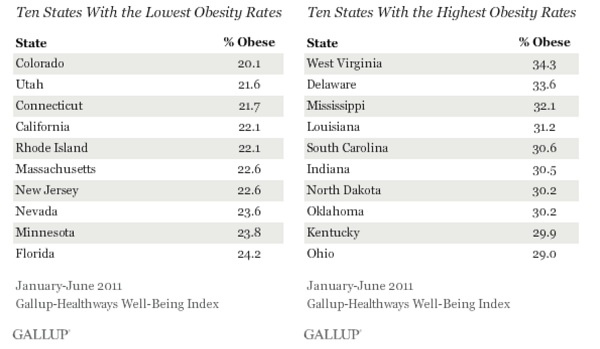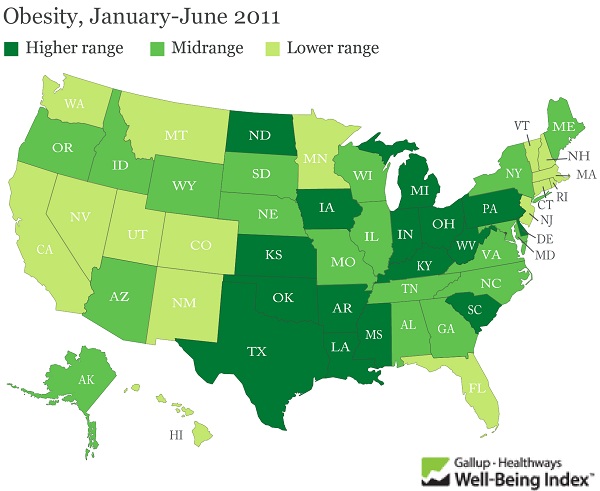Study: Cigarette Smoking Causes More Aterial Damage in Women
Posted on
The harmful effects of tobacco smoke on atherosclerosis, one of the driving forces of cardiovascular disease, are greater in women than in men.
This result emerges from the large European epidemiological study (Carotid Intima Media thickness and IMT-PROgression as predictors of Vascular Events: the IMPROVE study), funded by EU (Vth Framework Program — Contract n. QLG1-CT-2002-00896). In the IMPROVE study, authors examined 1694 men and 1893 women from Finland, Sweden, Netherlands, France and Italy, and used ultrasound technology to assess the presence of wall thickening and plaques in the carotids, the arteries that bring blood to the brain.
The research shows that the amount tobacco exposure during the entire life significantly correlates with the thickness of carotid arterial walls (an index of atherosclerosis) in both genders. However, the impact is more than doubled in women than in men. Similarly, the effect of the number of cigarettes smoked per day on the progression of the disease over time is more than five-fold in women than in men. These associations are independent from other factors that may affect atherosclerosis, such as age, blood pressure, cholesterol level, obesity and social class.
Elena Tremoli, Professor of Pharmacology at the University of Milan, Italy, and scientific director of the Monzino Cardiology Centre in Milan who led the study, says: “This is a particular relevant finding, especially in view of the fact that educational campaigns carried out in the last years have been less successful in reducing the number of smokers in women than in men.”
According to WHO, while in most European countries a significant proportion of men has quit smoking, in many countries (e.g. Italy and Finland) the percentage of women smokers remained roughly constant in the last three decades, whereas in others (France, Spain) it even increased.
“The reasons for the stronger effect of tobacco smoke on women’s arteries are still unknown, but some hints may come from the complex interplay between smoke, inflammation and atherosclerosis,” says Prof. Tremoli.
Researchers found that other factors, besides smoking, have a differential effect on the arteries of men and women. One of these is education, a well known index of social class: while men who have studied less showed a greater thickening of arterial walls than those who have studied more, the same was not true for women. Similarly, women, in contrast with men, seem to be protected against the harmful effects of systemic inflammation. Indeed, in the IMPROVE study, the relation between arterial wall thickening and the levels of C-Reactive Protein (CRP) and white blood cells (WBC) counts, two indexes of inflammation, is very strong in men, but absent in women.
“It is important to mention, however, that, when women smoke they lose their protection against the harmful effect of inflammation. In particular, if we stratify the female population according to smoking habits, we see that in the group of women who smoke, especially in heavy smokers, the relationship between CRP and arterial wall thickening becomes similar to that observed in men,” says Prof. Tremoli.
“We all know that women are ‘naturally’ protected against cardiovascular disease, particularly before menopause, and this has led to less attention of health professionals and researchers in regard to this disease in women.
Women, who for some reason appear to be less vigilant about heart disease, should take this study to their own heart. If you smoke, you have an increased risk of heart disease – more than the men.
So, stop smoking!






